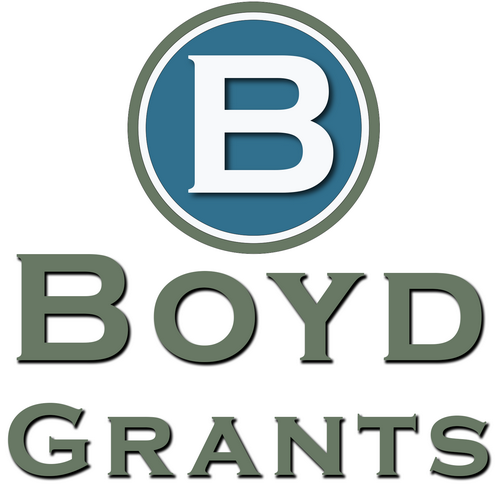When it comes to writing a grant proposal, simplicity isn’t just a good idea—it’s a winning strategy. It’s easy to think that using academic language or complex jargon will make your proposal sound more professional or impressive, but the truth is, clarity always beats complexity. Grant reviewers often have to read dozens (if not more) of proposals in a short period, and in that context, being clear and straightforward can make your proposal stand out. Here’s why clarity is key and how you can make your proposal as clear and compelling as possible.
Why Clarity Matters
Grant reviewers are busy. They’re reviewing multiple proposals, each with its own set of objectives, methods, and outcomes. When they’re deciding whether to fund your project, they need to quickly understand what you’re proposing, why it matters, and how you plan to achieve your goals. If your proposal is cluttered with jargon or overly technical language, you risk losing their attention or making them frustrated with having to decipher your writing.
The goal of your grant proposal is simple: to communicate your ideas clearly and effectively. You want the reviewer to quickly grasp your vision and understand why it’s worth funding. The easier you make it for them to follow, the more likely you are to make a strong impression.
How to Keep Your Proposal Clear and Focused
Here are some practical tips to help you create a proposal that is straightforward, compelling, and easy to read:
1. Use Plain Language
It’s tempting to use big words or industry-specific jargon, especially when you’re writing to funders in specialized fields. However, unless the funder has specifically requested technical details, it’s best to keep your language simple. Use everyday words and phrases to explain your ideas. Imagine that you’re explaining your project to someone who isn’t an expert in your field.
The goal isn’t to “dumb down” your ideas, but rather to communicate them in a way that’s accessible and easy to understand. Avoid unnecessary complexity and focus on getting your point across in the most straightforward way possible.
2. Break It Up with Subheadings
Nobody wants to read a wall of text, especially when they’re reviewing a grant proposal. Long paragraphs can make your proposal seem overwhelming, and important points may get lost in the details.
Instead, use clear subheadings to organize your proposal. Break it down into sections that make sense, such as “Project Overview,” “Objectives,” “Timeline,” and “Budget.” Subheadings not only make your proposal easier to navigate, but they also help you stay focused on the key points you need to make. They give your reader a roadmap, making it easier for them to follow your ideas.
3. Use Short Paragraphs and Bullet Points
When you’re writing, keep paragraphs short. Large blocks of text can be intimidating, especially when reviewers have a lot of proposals to go through. Aim for paragraphs that are 3-5 sentences long to keep things concise.
Bullet points are another great way to enhance clarity. They break up dense information and allow the reader to quickly grasp key points. Use bullet points to highlight important details, like your project’s objectives, goals, and expected outcomes. This simple formatting tool will make your proposal easier to scan and digest.
4. Focus on the “Why” and “How”
Grant reviewers are looking for a clear sense of purpose and a logical plan. Don’t assume they’ll understand why your project is important or how you’re going to make it happen.
Start by explaining why your project matters. What problem are you addressing? Why is this issue important, and who will benefit? Then, move on to how you’ll solve it. Outline your approach in simple terms, showing that your project is feasible and achievable. The “why” and “how” should be front and center in your proposal, as they are the key factors that reviewers care about most.
5. Avoid Unnecessary Detail
It’s easy to get caught up in the details, but unnecessary information can clutter your proposal and confuse the reviewer. Stick to the essentials that directly support your case. Focus on the aspects of your project that make it stand out, and leave out any information that doesn’t add value.
If you’re including technical data, research findings, or statistical analysis, make sure they’re relevant to your project and clearly explain how they support your proposal.
The Goal: Make It Easy to Say “Yes”
At the end of the day, your proposal should be easy for someone unfamiliar with your work to read and understand. Reviewers should be able to quickly say, “Yes, this makes sense.” They need to understand what your project is about, why it’s important, and how you plan to achieve your goals.
Clear, concise writing is the key to making this happen. When your ideas are easy to follow, you increase the likelihood that the reviewer will feel confident in your ability to execute the project and deliver results.


Recent Comments